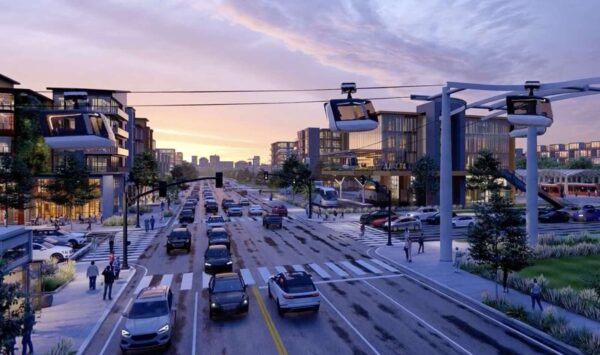
We may not get a gondola over the Potomac River anytime soon, but a new startup may make intra-county gondola travel a reality someday.
Swyft Cities promises to provide one- to five-mile aerial connections around “densely developed areas, including corporate campuses, airports, universities and tourism districts,” according to TechCrunch, which named the startup the winner of a transit-oriented pitch contest earlier this year.
Swyft says it offers low-cost, automated kit-of-parts gondolas that private organizations and governments can set up. Its founders are commercializing the gondola solution they developed while working at Google to connect the tech company’s campuses, per its website.
Swyft Cities is here to revolutionize transportation and real estate! An innovative gondola system combines autonomous pods w/ lightweight, fixed cable infrastructure to move passengers efficiently w/ significantly lower cost-per-mile & less emissions than traditional options.👇 pic.twitter.com/AlZ6yucOML
— Swyft Cities (@swyftcities) December 20, 2022
On social media, the company recently received some praise but also some flak for overcomplicating public transit. There were also some predictions that the concept will never get off the ground.
The startup says it will deploy its first systems next year. Should it turn to Arlington and its adoring fans of short-distance aerial transit, here’s where Swyft infrastructure could work.
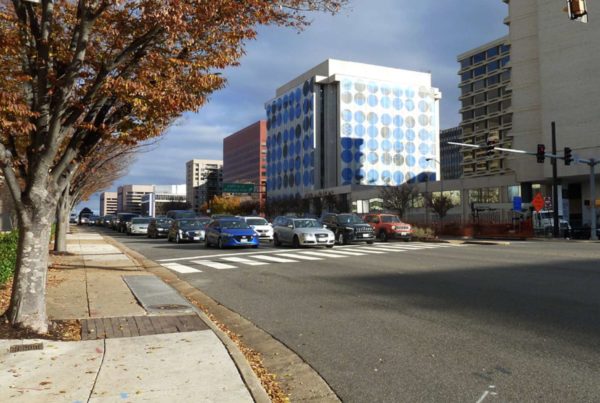
Crystal City
If any company could stand up a gondola, it’s JBG Smith. The developer is already spearheading efforts to make Route 1 safer for pedestrians and to bring 5G connectivity to Crystal City, Pentagon City and Potomac Yard, creating the nation’s first at-scale “Smart City.”
Automated gondolas could clinch transit safety and make the “smart city” even smarter. Bridging Route 1 with a gondola would probably be easier, faster and safer for pedestrians than VDOT’s current plans to bring elevated portions at-grade.
Or, Swyft could run a gondola parallel to the proposed pedestrian path to Reagan National Airport, making the “CC2DCA” connection even more convenient.
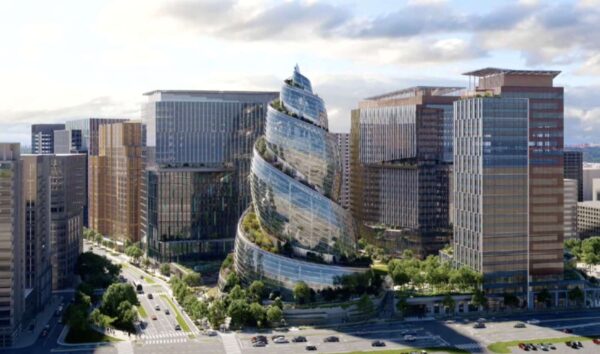
Pentagon City
Amazon could take cues from Google when building its HQ2. Imagine the collaborative work that could take place as employees glide from the glassy double-helix to nearby office towers. It could also provide unparalleled views of the helix — whenever it is open to the public.
Swyft CEO Jeral Poskey told TechCrunch that the company is first targeting closed campuses.
“As you look to densify things, you have a lot of congestion and difficulty moving around, and this applies to a lot of universities, airports and other places within a one to five mile scale,” he said.
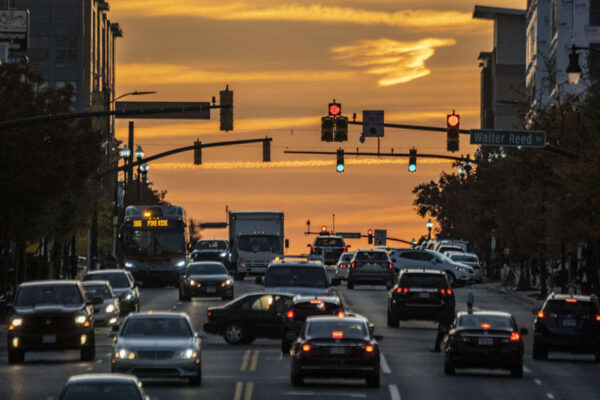
On Columbia Pike
Maybe the streetcar was canned for a reason. And maybe that reason was so a gondola could one day reduce congestion and stimulate revitalization, without taking up the same lane as vehicle traffic.
Swyft says the gondolas could cost up to $10 million per mile, according to TechCrunch. While the number calls to mind initial quotes for tunnels built by Elon Musk’s Boring Company — which at this point look too good to be true — a gondola at this price on the Pike would cost a fraction of the $500 million streetcar that never was.
The startup’s CEO says the competitive pricing is supposed to allow the private sector to build aerial transit without government funding. That may make it a better sell to the Arlington County Board.
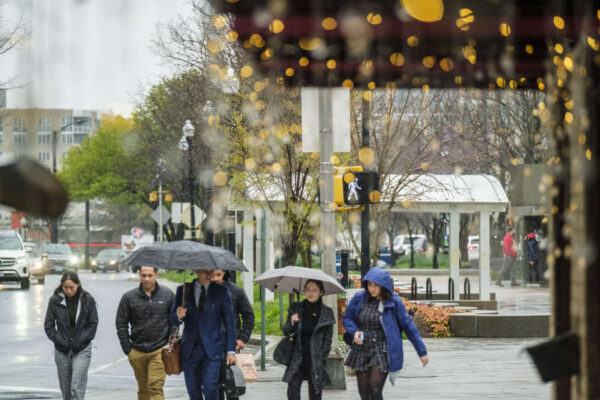
Clarendon and Courthouse
But enough about corporate campuses, airports and busy roads. Let’s talk about creating non-stop, breezy aerial transit between the two shopping and dining destinations of Clarendon and Courthouse.
The tourism brochures write themselves.
“After grabbing coffee and beignets at Bayou Bakery, ride the gondola to The Crossing Clarendon for shopping and then onto lunch at Ambar.”
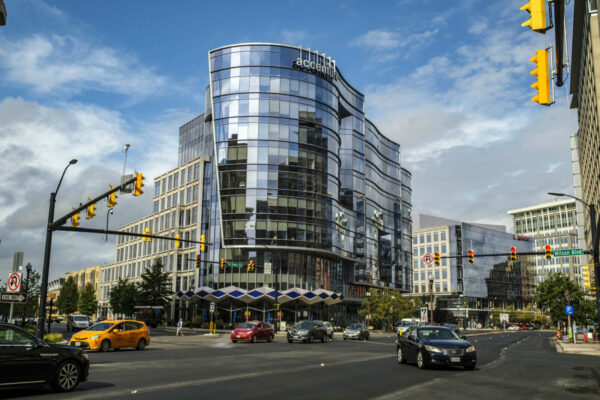
Ballston
Last but not least, what better way to cross the Glebe Road divide than while suspended in the air?
Navigating six lanes of traffic from Ballston Quarter mall to the urban campuses of Marymount and George Washington universities would be less stressful and would provide vistas of the renovated, beaver-free Ballston Wetland Park.
A gondola may also encourage foot traffic, and thus more retail, west of Glebe Road, where a number of businesses have lost out on the successes enjoyed on the eastern side.
Hat tip to Chris Teale/Twitter

